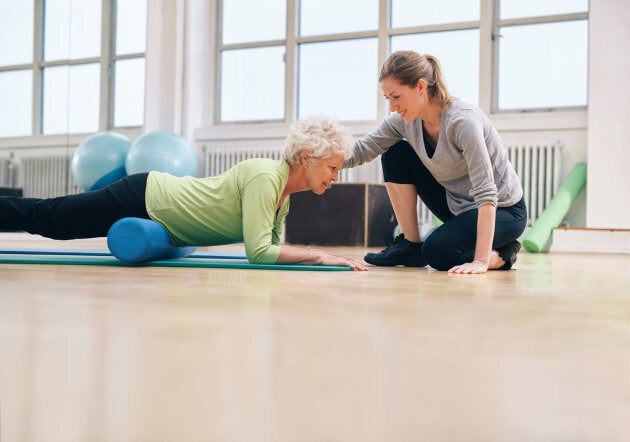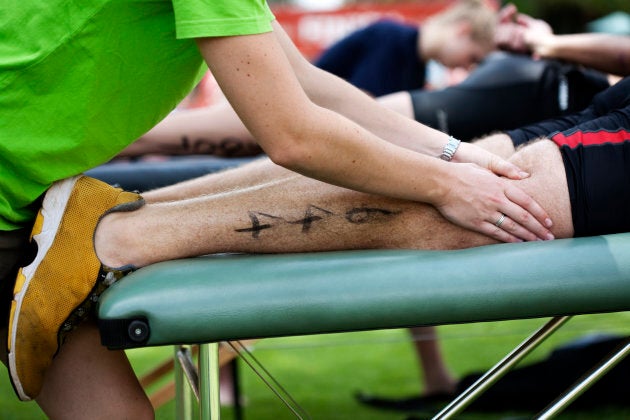Whether you prefer a cardio workout or strength training, exercise can leave your muscles sore and tight in the days after, and make your next session even harder.
To help ease the discomfort, as well as help boost your sports performance, we found some tips and techniques from the University of Kentucky and recent studies to ease muscles and lead to a quicker and more effective recovery.
Stretching

Stretching is a key step in aiding recovery, reducing muscle soreness and preventing injuries.
Muscles can't react to changes in length effectively when they are tight; stretching before exercise can help muscles move more effectively. Static stretching — holding a stretch without movement — can be done before exercise but is most important after activity. Kinetic stretching — warming up muscles with movement — is also beneficial, with the most benefit coming from its combination with static stretching.
Foam rolling

Although it might appear to be a technique for professional athletes, foam rolling can be used as a recovery technique by everyone and for all workouts. The technique consists of using a cylindrical tool and body weight to massage muscles, and it can be beneficial both before and after exercise for different reasons — rolling out before can help break up adhesions in the soft tissue around the muscle, and rolling out after acts as a form of self-massage which has been shown to aid in muscle recovery.
Foam rolling can also be useful the day after and days following exercise if you're still feeling sore, and, as well as foam rolling straight after your activity, you can also foam roll every 24 hours thereafter to reduce soreness.
Targeting large muscle groups with the foam roller, such as the quads, hamstrings, calves and glutes, is most beneficial, but it can also be used on the large muscles of the back. It can also be particularly helpful when combined with stretching because it helps break up adhesions, which allows for a better and deeper stretch.
Diet

It may not be as obvious as the physical techniques to reduce soreness, but diet also plays a role in recovery.
Tomatoes, olive oil, green leafy vegetables, nuts, fatty fish like salmon and tuna and fruits, especially berries, have anti-inflammatory properties that help reduce muscle soreness, so remember to add them into your post-workout recovery meals along with the right amount of protein and carbs.
Massage

Sports massage is probably the most well-known massage for regular exercisers, and although it isn't the most relaxing of massages its benefits are worth it, as it helps muscles to recover, relieves tightness, and helps assess and treat minor injuries before they become worse.
Other massages can also be beneficial, such as the traditional Chinese massage Tui na, which, with a firmer and more vigorous style, can also help to improve muscle and joint pain. A study published back in 2014 also suggested that shiatsu massage could aid sleep, important for overall health and well-being but also for recovery of muscles after a workout.